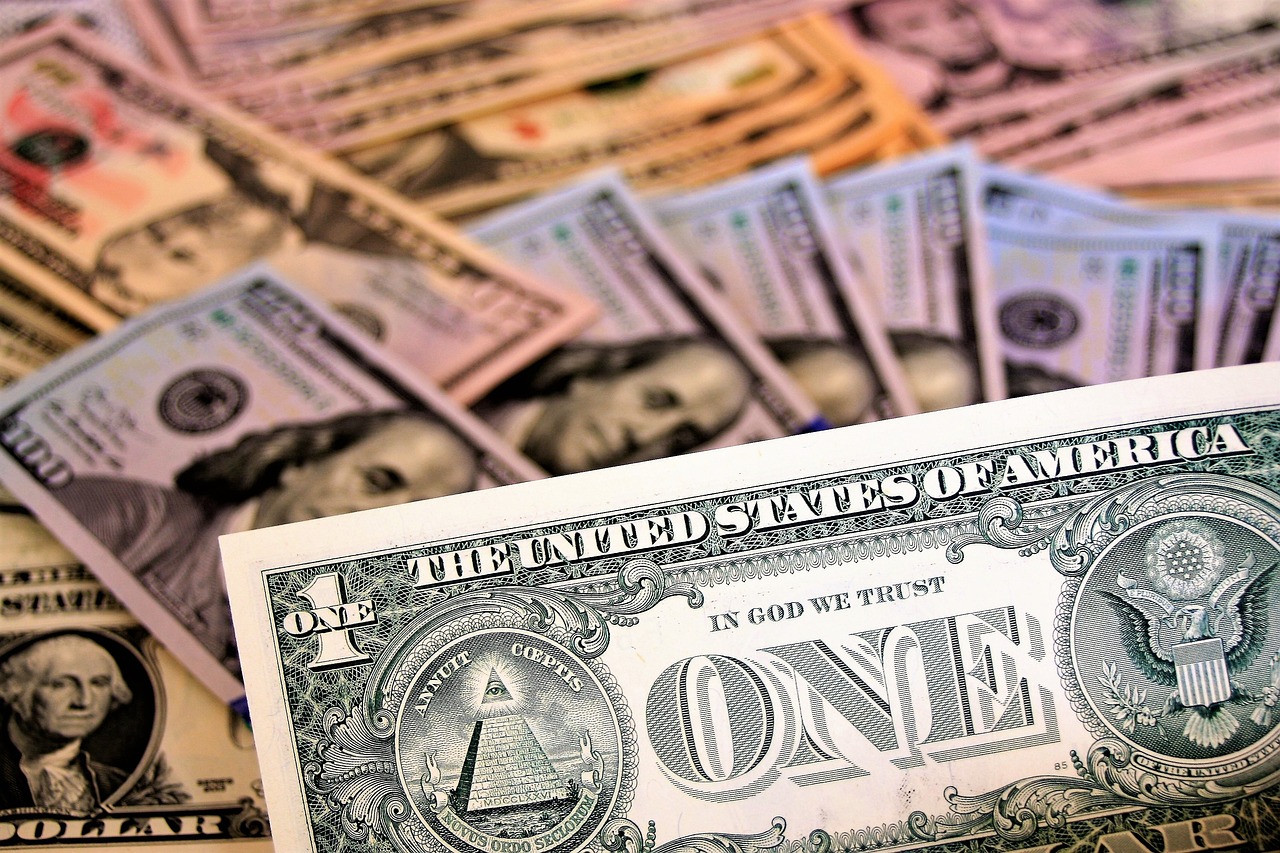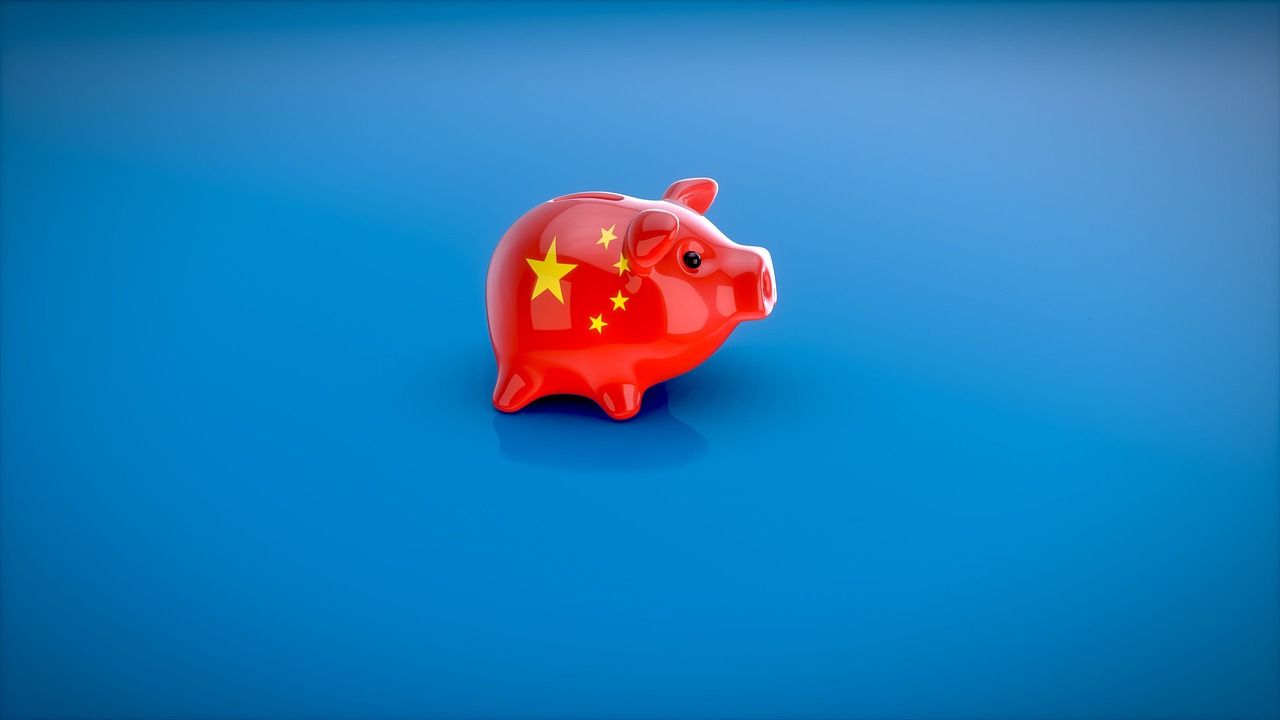The opposite phenomena of inflation and deflation have a big effect on economies. Both are normal parts of economic cycles, but because they present difficulties and financial interruptions for people, businesses, and general economic stability, they are frequently seen as economic crises. This article will examine why inflation and deflation are viewed as economic issues.
But before we go into details, it is important to simply put, that countries with lower inflation rate performs better than those ones with a high rates. Although both inflation and deflation must be closely monitored for a balanced sustainable economic development, a high inflation should never be encouraged by any country.
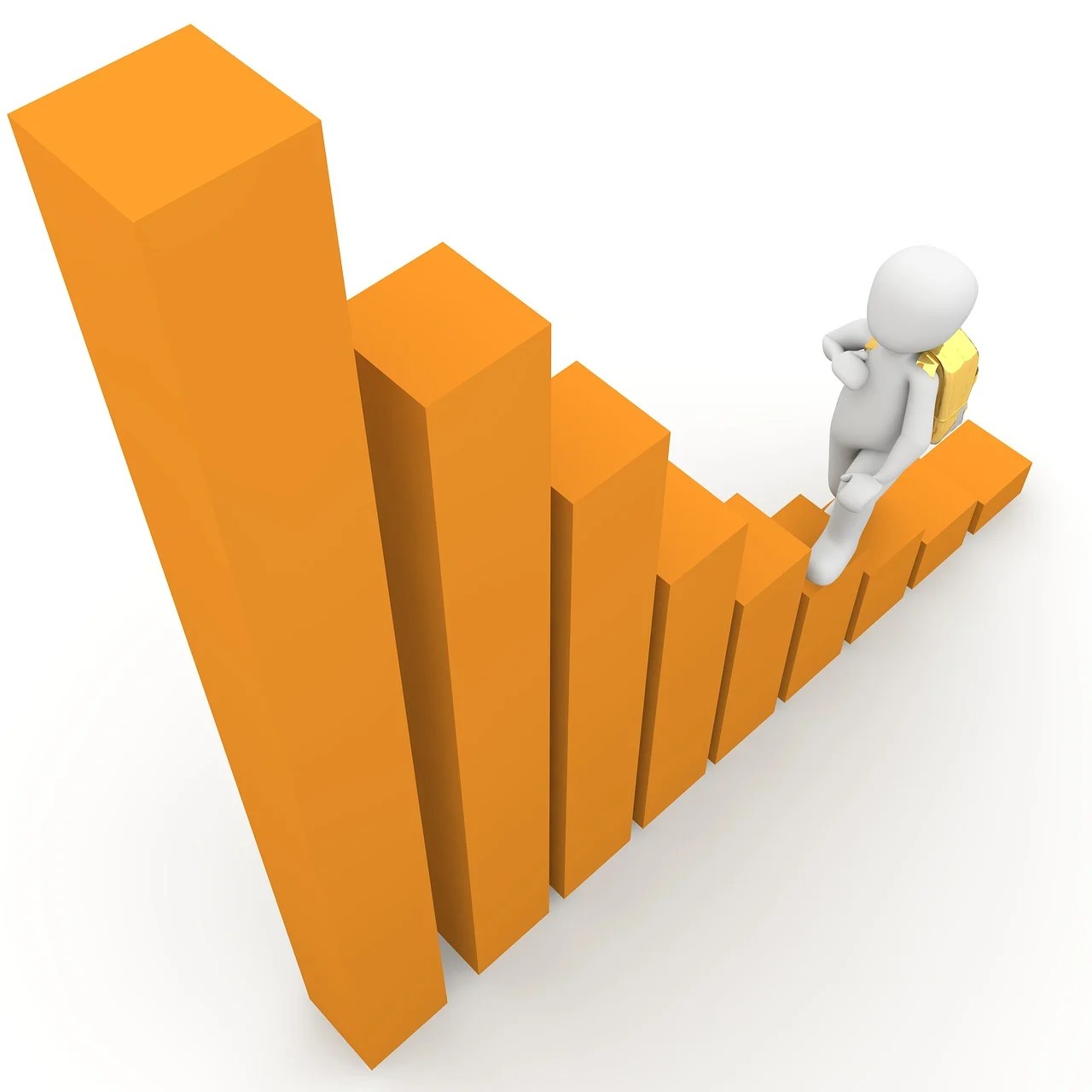
Now to the main reason why inflation and deflation are considered economic problems:
- Inflation: The Rising Tide
The general rise in prices of goods and services over time within an economy is referred to as inflation. While moderate inflation can help boost economic growth, large and erratic inflation rates can have several adverse effects. First, it lowers people's living standards by lowering their purchasing power. When prices rise, consumers' disposable income decreases due to spending more on the same goods and services. Disadvantaged groups like low-wage workers and retirees on limited incomes are particularly at risk.
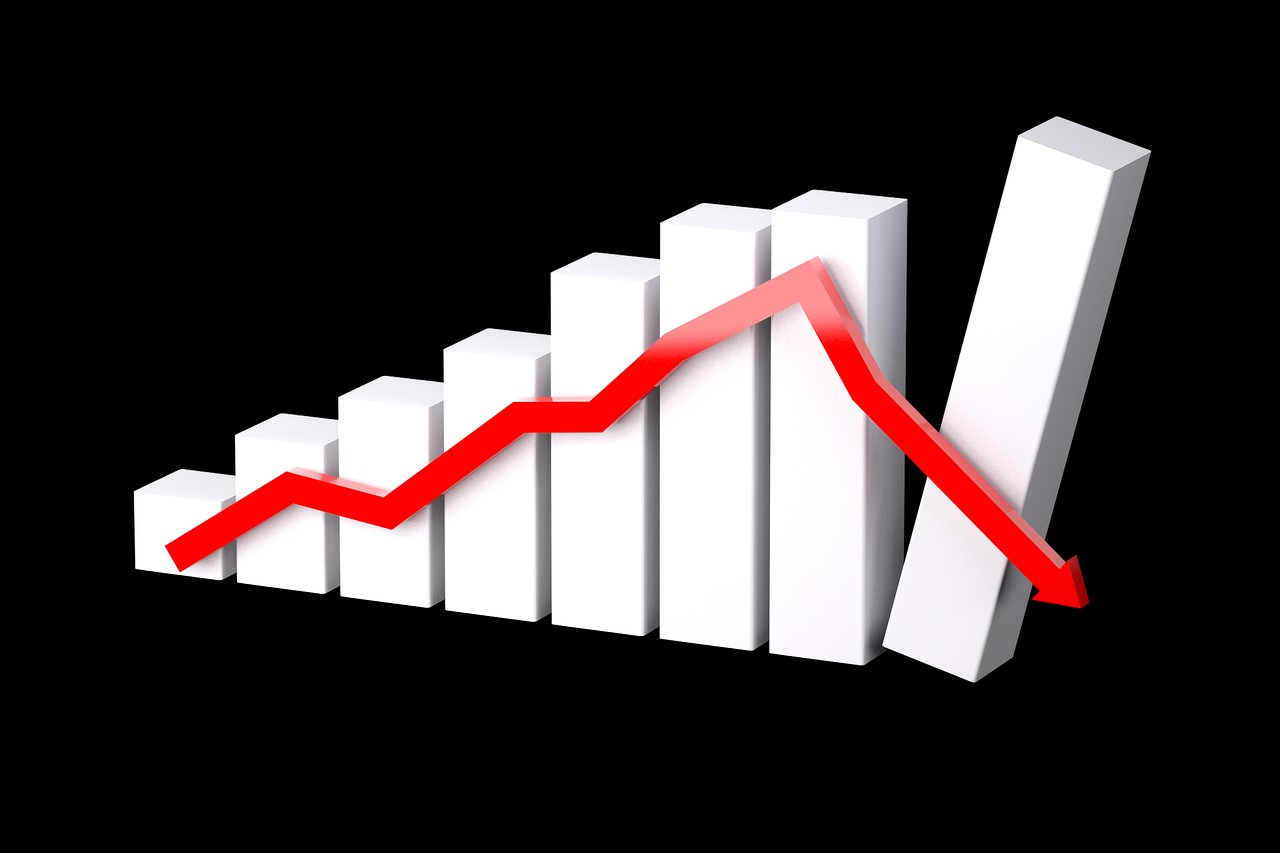
Inflation can also interfere with business operations and investment choices. Companies need help planning and forecasting when future pricing is uncertain, hindering long-term investment and lowering economic efficiency. Additionally, rising prices can cause wage-price spirals in which employees seek higher pay to keep up with increasing expenses, which worsens inflationary pressures.
- Deflation: The Troubling Downturn
Deflation, on the other hand, is defined by a steady drop in the level of prices in general. Although consumers may initially perceive a benefit from declining prices, the economy can suffer from deflation. Often, deflation fosters an environment of economic stagnation because consumers put off purchases in anticipation of even lower prices. This might result in a drop in total demand, lowering firm sales and profits. As companies suffer, they could reduce expenses by making layoffs, which raises the unemployment rate and depresses economic activity.
Debt load can also rise in times of deflation. This is, when prices fall, the real worth of debts increases, making it more difficult for people and businesses to repay loans. There are also more vicious cycles that can emanate from reduced spending, e.g., greater suppressed demand and slower economic growth, and more can result from this situation.
Conclusion
excessive or volatile economic phenomena like inflation and deflation can pose serious problems for people, businesses, and the stability of the entire economy. A healthy economy can be characterized by moderate inflation, but excessive or unexpected inflation rates reduce purchasing power and impair long-term planning.
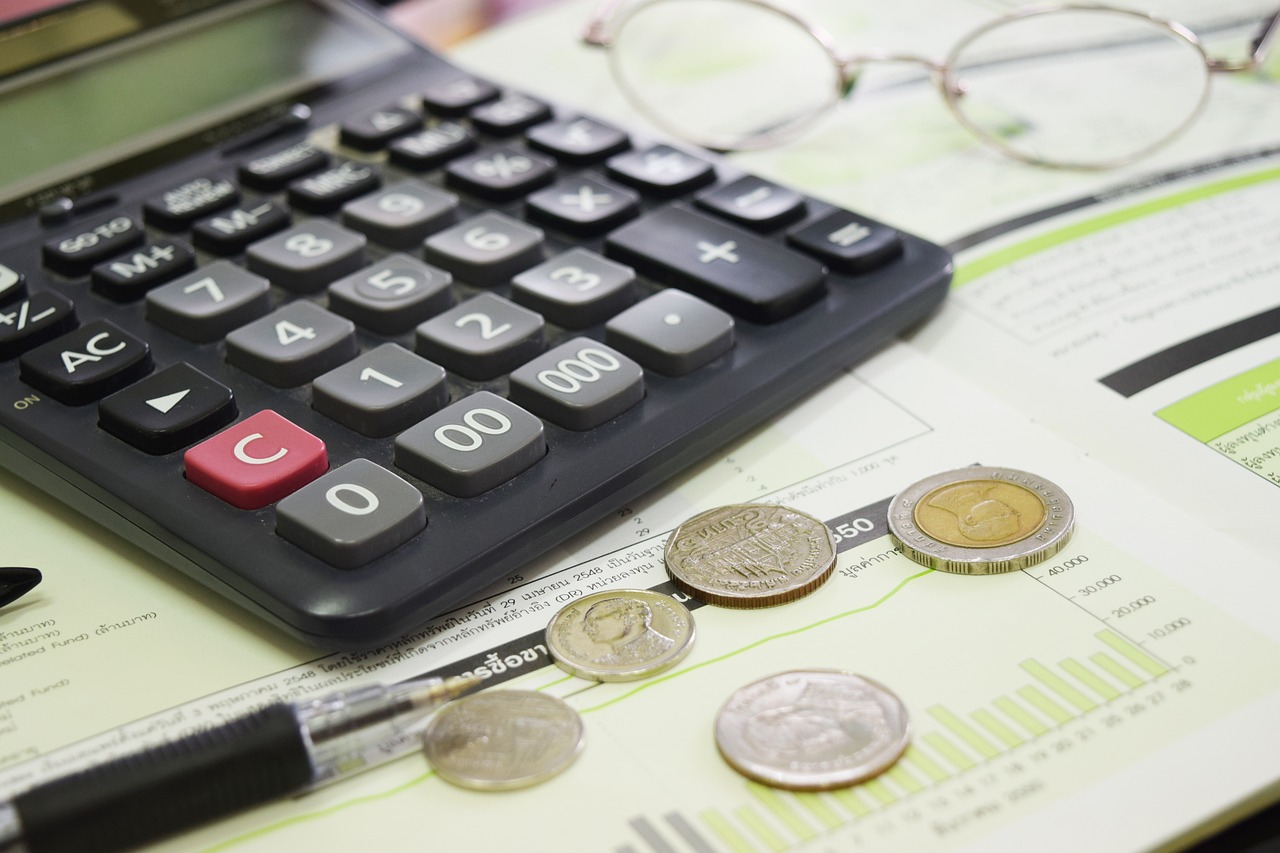
Conversely, deflation can decrease consumer spending, corporate difficulties, higher debt loads, and general economic stagnation. To maintain stability and promote sustainable economic growth, experts have advised governments and their central banks to constantly monitor and manage inflation and deflation. This is because there must be a balance between the two before any serious economic achievement can be made

